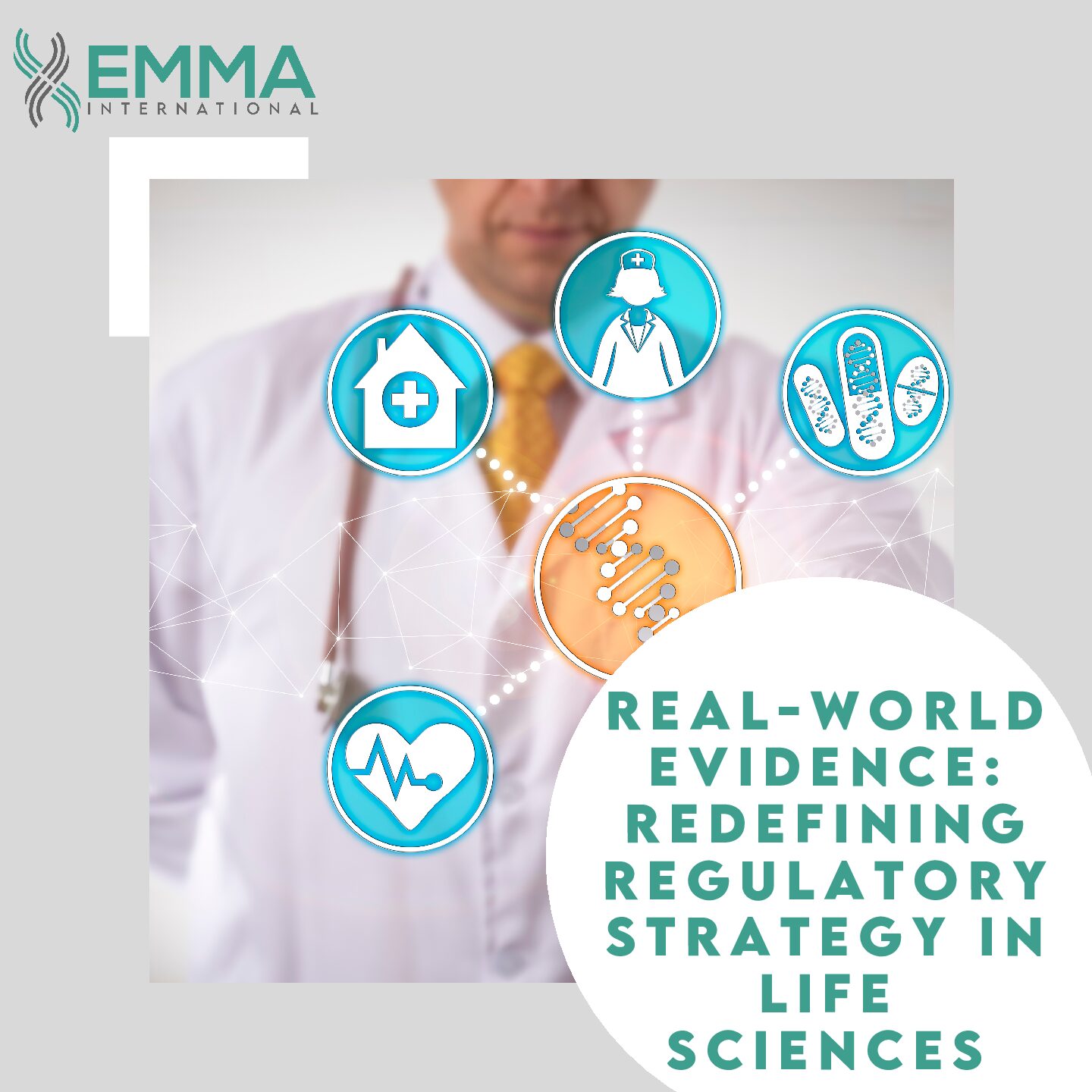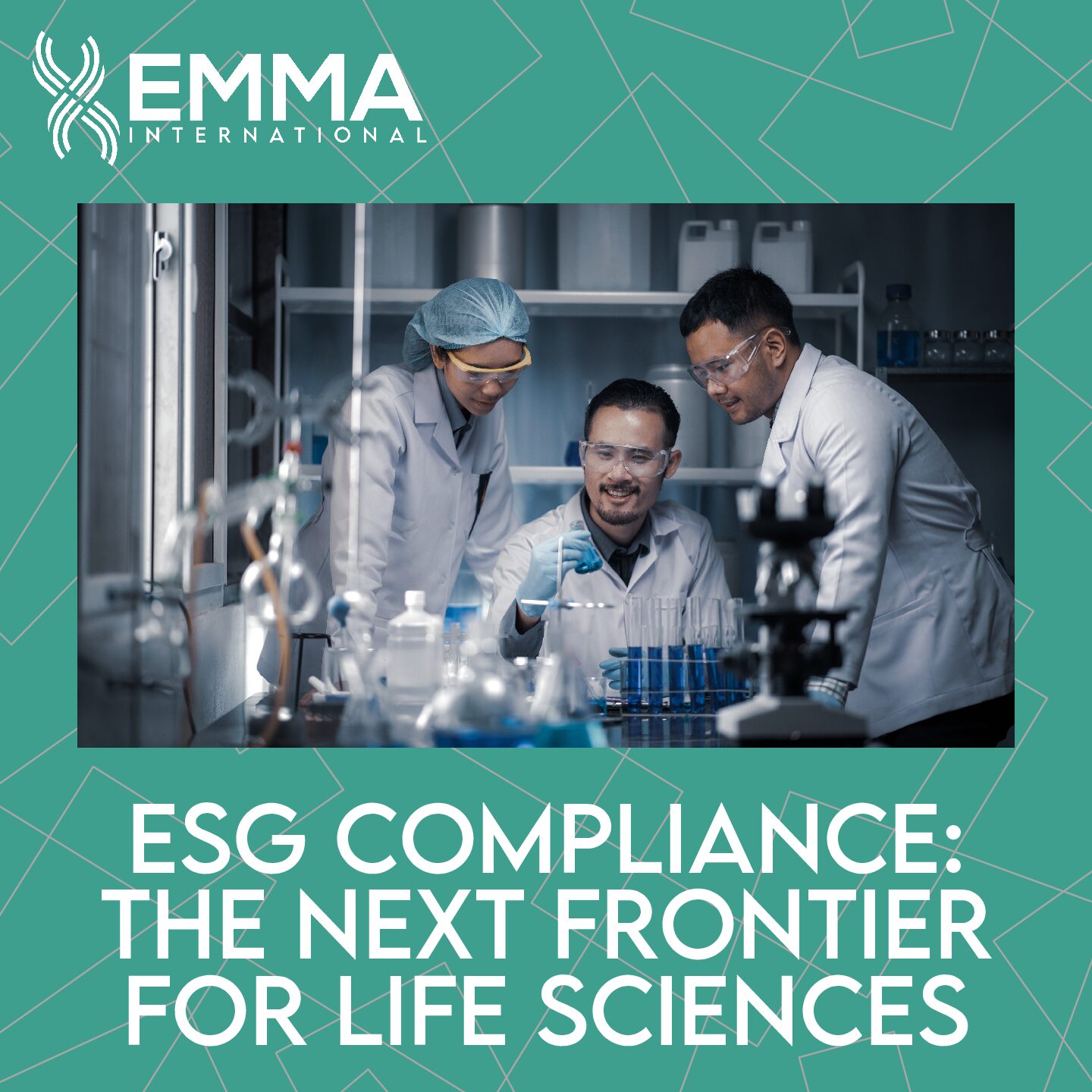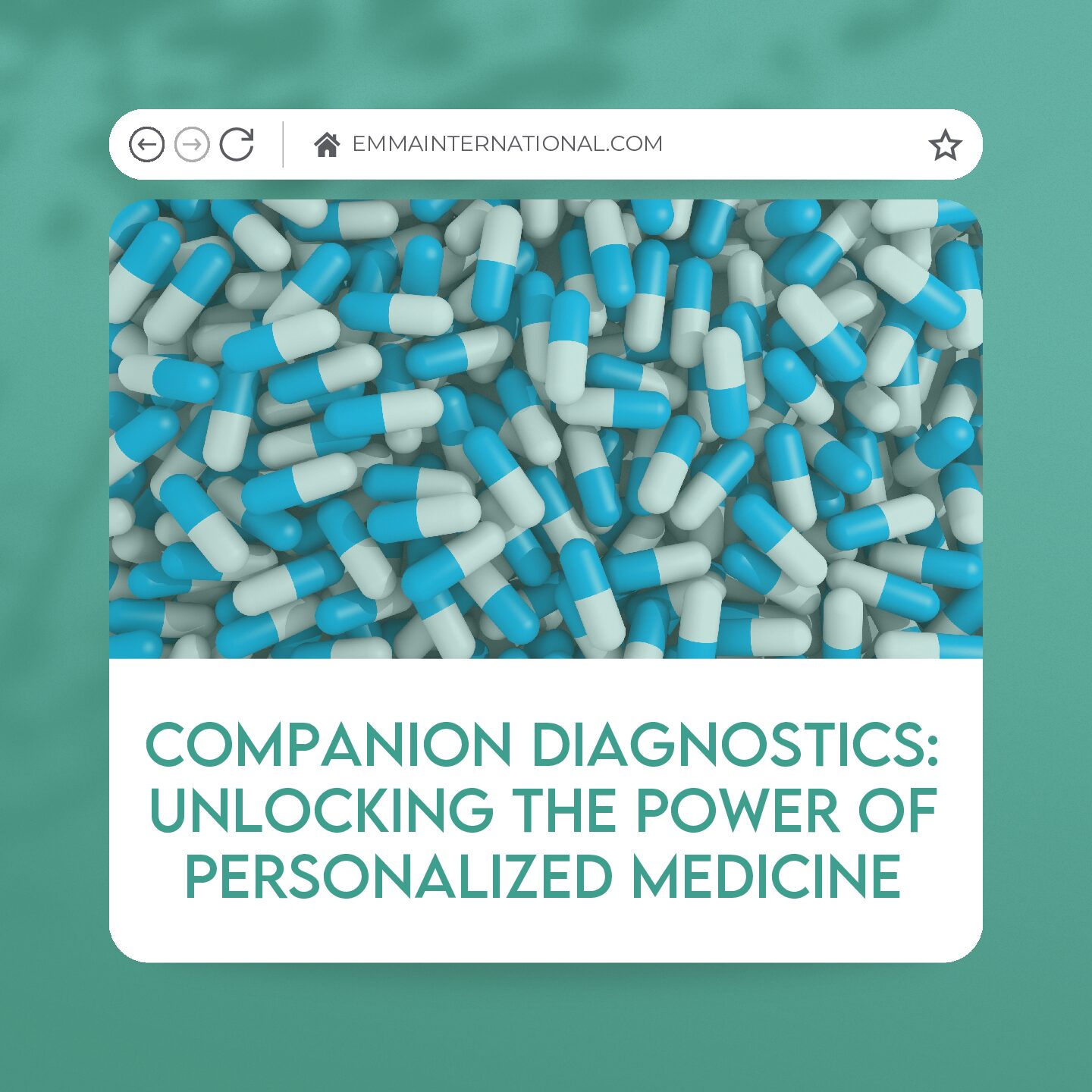The “cold chain” is a temperature-controlled supply chain that ensures pharmaceutical products remain stable, safe, and effective from the manufacturing site to the patient. This process involves careful planning, precise control, and sophisticated technology. This blog will discuss the importance of cold chain in pharmaceutical distribution, the technology and logistics behind it, and how companies can maintain compliance.
Cold chain management is essential because exposure to improper temperatures can degrade certain pharmaceuticals, compromising their safety and efficacy. Many biologics and vaccines must be kept between 2°C and 8°C (35°F to 46°F), while others, such as some COVID-19 vaccines, require storage at ultra-low temperatures, reaching -70°C (-94°F). Deviations from these requirements can lead to product spoilage, causing financial losses and, more importantly, risking patient health. Degraded medications can lose effectiveness or even cause adverse effects, posing a threat to patients. Furthermore, regulatory bodies like the FDA and EMA impose strict guidelines on cold chain management, meaning non-compliance could lead to fines, recalls, and loss of consumer trust.
The cold chain operates through sophisticated systems and infrastructure. Packaging solutions use thermal insulation to protect products from temperature changes, including passive options like insulated boxes with gel packs for shorter transports or active, refrigerated containers for extended travel. Monitoring and data logging technologies keep track of temperature in real time, ensuring that any excursions are identified and rectified promptly. Many modern tracking systems are IoT-enabled, allowing real-time monitoring, GPS tracking, and alert systems that provide additional safeguards. Storage facilities equipped with cold units preserve product temperatures until shipments are ready, following Good Distribution Practices (GDP) for temperature-sensitive drugs. Transport relies on specially equipped carriers to maintain the cold chain through each stage of the journey. Every aspect of cold chain management must align with regulatory standards, so documentation, monitoring, and validation processes play a pivotal role.
Preventing temperature excursions in transit, especially in extreme climates, demands rigorous control. Infrastructure limitations in certain regions make temperature management more complex and costly. Companies also navigate varying international regulations, and even minor disruptions can compromise temperature control, creating risks for the product. EMMA International offers support for pharmaceutical companies needing robust cold chain compliance. With expertise in supply chain, validation, and quality management system (QMS) implementation, EMMA International helps companies address these complexities.
As the pharmaceutical industry grows increasingly reliant on biologics and temperature-sensitive treatments, cold chain advancements are emerging. Smart packaging solutions with embedded sensors can track temperature, humidity, and environmental conditions. AI and predictive analytics offer early warnings of potential risks in the supply chain, allowing companies to prevent issues before they arise. Blockchain technology promises to add transparency and traceability, ensuring records of temperature control throughout distribution. By leveraging EMMA International’s expertise, companies can navigate the complexities of cold chain logistics with ease. Ready to learn more? Call us at 248-987-4497 or email info@emmainternational.com today!
FDA (July 2024) Drug Supply Chain Security Act (DSCSA) retrieved from: https://www.fda.gov/drugs/drug-supply-chain-integrity/drug-supply-chain-security-act-dscsa





